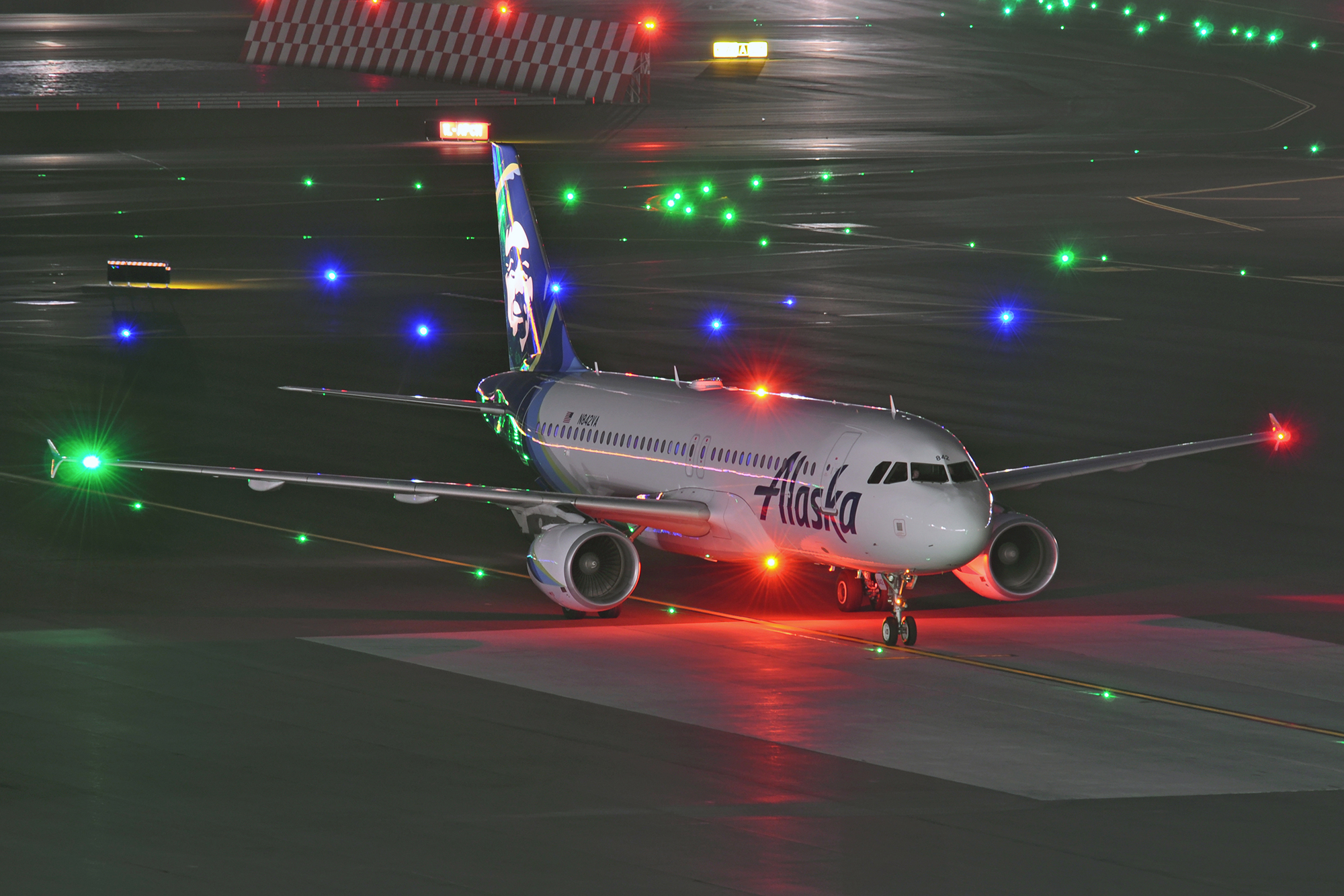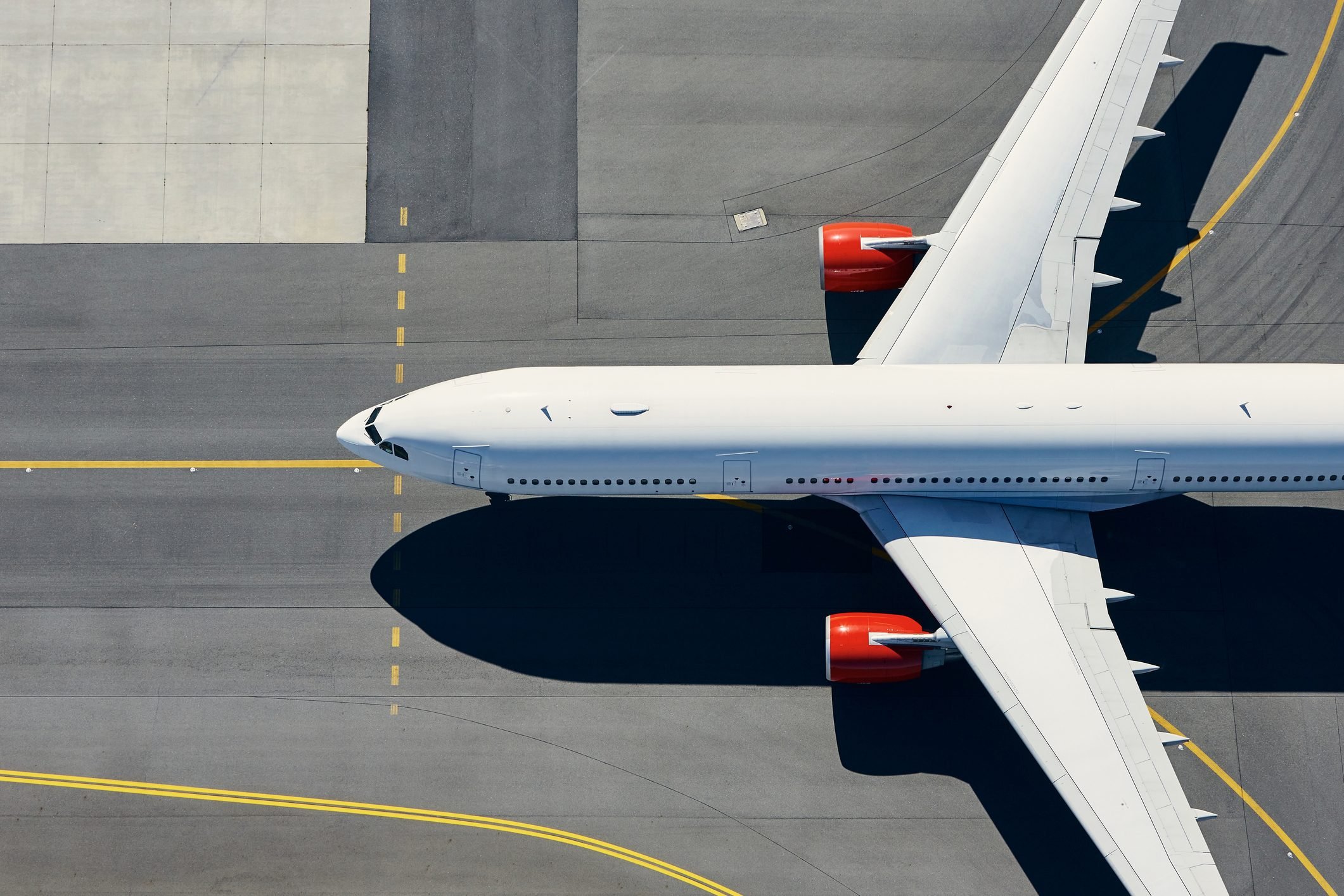Aircraft With Solid White Light - You may have seen a bright and intense light on the plane and wondered what they were talking about. This article will explain the different lights you may encounter on an airplane and their causes.
Of lights that exist. The type of lighting installed on an aircraft depends on the type of aircraft, the operation, and the time of day.
Aircraft With Solid White Light

Many aircraft lights serve more than one of the above purposes. For example, landing lights provide light for the pilot but also make the aircraft visible.
Amazon.com: Wac Lighting Dweled, Omega 28in Led Pendant 3000k In White Gold Ribbed
Although many lights are required by law, there aren't a surprising number, and a broken light won't stop or delay a flight because it's easy to replace.
Back when boats were the main form of transportation, shipbuilders quickly realized that accidents were becoming more common. As a result, green, red and white lights were added to certain areas of the ship. When the plane was created and developed, it was added to the same area.
There is a green light on the right wing, and a red light on the left. The white light is on the tail of the plane and sometimes on the wing, looking back.
The lights allow the observer to determine the position of the aircraft. For example, if a plane is flying towards you, you will see a green then a red light (from left to right). If a plane was flying past on your left, you would only see a red light.
With Ultralight Lithium Sulfur Batteries, Electric Airplanes Could Finally Take Off
Pilots have jokingly created phrases to remember what certain lights mean, such as "Green and red, turn right or you're dead" when a plane is approaching.
Despite the need to fly only at night, pilots usually have lights on at all times to increase visibility.
Beacon lights, also known as anti-collision lights, appear when an aircraft is operating. They are sometimes referred to as rotating lights, which harkens back to the days of rotating lights.

Beacon lights include red lights located above and (on larger aircraft) below the aircraft. They open when the pilot starts the engine start process and only turn off when the engine is shut down.
Batteries Need A Boost To Fly The Friendly Skies
Beacon lights on/off alternately. Newer aircraft such as Boeing and recent Airbus use LED (Light-Emitting Diode) lights as anti-collision lights, and the red light ("on" circle) is much longer than their Xenon counterparts.
If you see any aircraft, a quick way to determine if the aircraft will start its engines (and if you need to stay away) is to look for flashing lights.
Strobe lights, also known as anti-collision lights, are white lights located on aircraft wings. On some planes, these lights flash very quickly, and on most planes, they flash normally on/off.
The lights are only used when traveling and on the road, as they are too bright for use on the ground, especially at night.
New Lon0167 Ep 7035 Rc Featured Model Vane Aircraft Reliable Efficacy Plane Propeller Flight Prop Cw Ccw 7\
Simple and true to its name, taxi lights are used to illuminate the taxi so that pilots don't have to guess where they are going at night (this is, as you can imagine, very helpful).
The lights are usually located on the nose line. They are also usually combined with landing lights, where the landing lights on the dark line are used as taxi lights.
The landing lights are the strongest and provide the best light for the flight crew. You will find landing lights mounted on the wings, nose, or under the fuselage of the aircraft. They are placed below to illuminate the road and as mentioned above, they are sometimes used as taxi lights when it is dark.
In addition to providing light for the crew, landing lights also improve flight performance. On newer aircraft, additional systems such as the Alternative Landing Light System (ALLS) cause the left and right lights to alternate, increasing their visibility. These systems can also be found on newer General Aviation (GA) aircraft such as the Cessna 172, with an ALLS operating "indicator light".
Fascinating Airplane Facts And Trivia To Know Before You Fly In 2022
Interestingly, on the new GA Cessna aircraft, one LED landing light on each wing serves as light identification, taxi, and ALLS lights, controlled by a single switch with two modes - landing and taxi/marking. Suppose the switch is turned on the taxi, and the plane is flying at 40 knots; At that time, the lights automatically change from dimmed taxi lights (half the total number of LEDs) to alternating lights, known as recognition lights.
Runway navigation lights share much in common with landing lights but are not illuminated and are placed on either side of the nose of the aircraft to illuminate the runway. Usually found on the nose, these lights also help pilots when maneuvering, as the front taxi lights usually illuminate the area in front of the aircraft.
Wing control lights are mounted on the fuselage of the aircraft and directed towards the rear of the wing. They are used to assist ground and flight crews in finding ice on wings.
Some military and law enforcement aircraft have searchlights that are used to illuminate objects on the ground.
The Cirrus Sf50 Vision Jet Is The World's Smallest And Most Affordable Private Jet
The emblem is a light placed on the horizontal stabilizer of the aircraft and directed upwards towards the vertical stabilizer, illuminating the aircraft emblem. On older aircraft, it is sometimes on the wing, pointing back.
The lights are not required by law and were first introduced as an incentive for aircraft operators but have been useful ever since.
Some military aircraft are fitted with special lights to help pilots maintain good posture while flying in formation. They are usually only visible in infrared light, which can only be seen when using night vision equipment, which forces aircraft to turn off their lights for operational purposes.

You now have a clear understanding of the concepts behind light, light and light in planes. It is clearly more than just a Christmas tree! All modern aircraft are equipped with a complete external lighting system consisting of incandescent lamps, and fluorescent lamps.
E Flite Umx Turbo Timber Bnf Basic Electric Airplane (700mm) W/ As3x & Safe Select (eflu6950)
Incandescent lights are designed to attract people, while continuous lights are mostly used for lighting purposes.
Let's take a look at this Boeing 787 that left the runway after landing overnight:
The lights are mounted on the horizontal stabilizer, and illuminate the tail of the aircraft with the operator's logo - or acronym in this case. He makes a famous flight in the dark.
A strong, bright vertical stabilizer emblazoned with the aircraft's logo is a good indicator of the aircraft's proximity.
Downunder Pilot Shop Australia
Taxi lights, located on the nose gear, illuminate the front of the taxi, making it visible to the pilot.
Next, we have the landing lights and takeoff lights, both of which are located near the wing root on the Dreamliner:
Descent lights are high beams that emit a long beam, making the runway far visible to pilots.

Unlike front lights, runway lights are designed to illuminate the exit, which spans the runway, allowing pilots to see in the dark and ' guide the plane towards the exit.
Auckland Resin Plane
.
Now, the plane is very visible on the ground. However, it can be difficult to see the wings and fuselage of the aircraft from a distance.
Therefore, we need bright lights. The lights are called "anti-collision lights", and it's easy for the eye to blink the lights from a distance.
High beam, bright lights are the brightest lights on the plane. They are located at each end of the wings and light up at certain times.
Pk Ballast Connector
If you look hard enough, you will see that these strobe lights flash on Boeing planes. For Airbus, they light up twice in a row. This is because there is one strobe light on each wing of a Boeing plane, and two on each wing of an Airbus plane.
Strobes are intended to draw pilots' attention to other aircraft, so they know to maintain a safe distance. The lights are powerful enough to shine through fog or dark clouds in bad weather. So chances are the "flash" you see in the night sky could be the strobe lights of an airplane.
The white strobe lights only come on when the plane is approaching the runway, preparing for take-off, and are turned off when the plane exits the runway after landing . This is done to avoid blind people at the airport.

There is one strobe light on the rear of the aircraft, near the APU Ignition. Flashing with other strobes:
Electric Airplanes Need Better Batteries—which Should Arrive In 30 Years
Double resistance
Aircraft with 4 engines, dual turbo prop aircraft, dual winged aircraft, suv with dual sunroof, dual engine aircraft, laptop with dual screens, dual monitor with mount, dual prop aircraft, dual aircraft remote control, dual tail aircraft, dual recliner with console, turboprops aircraft
0 Comments